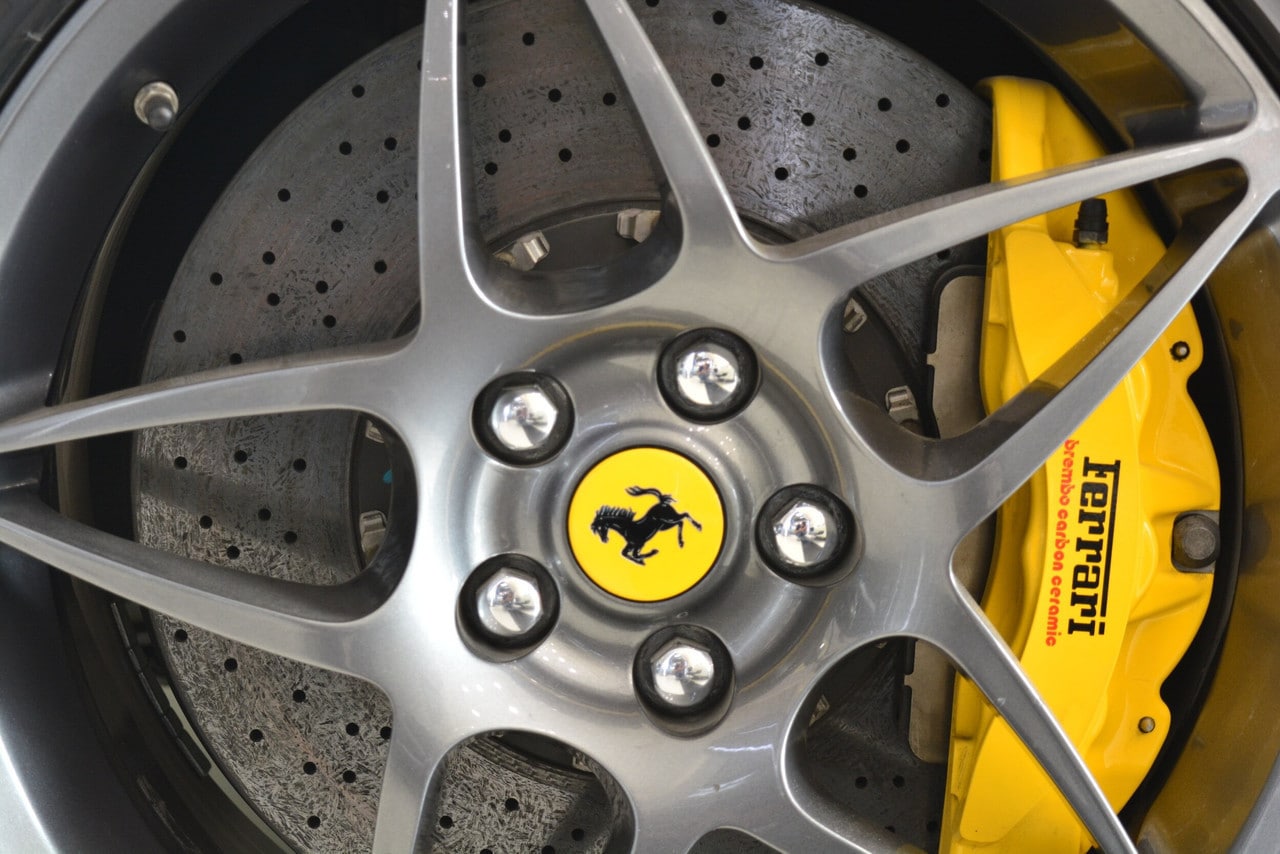
Exotic cars are built for one thing above all else—performance. Whether it’s the thrill of launching from 0 to 60 mph in under three seconds or the ability to stop on a dime from high speeds, acceleration and braking are two of the most critical aspects of a supercar’s capabilities. But what makes these cars so incredibly quick and capable when it comes to both speeding up and slowing down?
The Science of Acceleration: How Exotic Cars Launch So Fast
Acceleration is the rate at which a car increases speed. For exotic cars, this is determined by several key factors:
1. Power-to-Weight Ratio: The Key to Quickness
One of the most important elements in a car’s acceleration is its power-to-weight ratio, which is calculated as:
Power-to-weight ratio = Horsepower ÷ Vehicle Weight
The higher this number, the better the acceleration. Exotic cars are designed with lightweight materials like carbon fiber, aluminum, and even titanium to keep weight down, while powerful engines (often producing 600+ horsepower) ensure extreme performance.
For example:
- The Ferrari SF90 Stradale weighs around 3,500 lbs and produces 986 hp, giving it a staggering power-to-weight ratio of around 0.28 hp/lb—far higher than most standard sports cars.
2. Turbochargers, Superchargers, and Hybrid Assist
To generate extreme power, exotic cars use high-performance engine technology:
- Turbochargers (e.g., McLaren 765LT) use exhaust gases to spin a turbine and force more air into the engine, increasing power output.
- Superchargers (e.g., Dodge Challenger SRT Demon) use a belt-driven compressor to boost air intake for more immediate power.
- Hybrid Assist (e.g., Ferrari LaFerrari, McLaren P1) combines an electric motor with a combustion engine for instant torque, dramatically improving acceleration.
3. Torque and Traction: The Launch Factor
Acceleration isn’t just about horsepower—it’s also about torque and how effectively it reaches the ground.
- Torque is the rotational force of the engine that gets the wheels moving. Exotic cars are engineered with high torque output for brutal acceleration.
- All-Wheel Drive (AWD) systems (e.g., Lamborghini Huracán Performante) help distribute power across all four wheels, improving traction and preventing wheel spin.
- Launch Control systems optimize acceleration by managing engine RPMs and minimizing wheel slip, ensuring a perfect start every time.
4. Aerodynamics and Downforce: Stability at Speed
As exotic cars reach higher speeds, aerodynamics become crucial. Active aerodynamics, such as movable wings and adjustable ride height, keep the car stable while minimizing drag for maximum acceleration.
A perfect example is the Bugatti Chiron, which uses an adaptive rear wing that adjusts based on speed to keep the car planted as it surges past 250 mph.
The Science of Braking: How Exotic Cars Stop So Fast
Stopping power is just as important as acceleration, especially in exotic cars designed for high speeds. Braking performance is influenced by:
1. Carbon-Ceramic Brakes: Extreme Stopping Power
Most exotic cars use carbon-ceramic brakes, which offer:
✅ Higher heat resistance – Can withstand temperatures over 1,800°F without fading.
✅ Lighter weight – Reduces unsprung mass for better handling.
✅ Longer lifespan – Lasts significantly longer than traditional steel brakes.
For example, the Porsche 911 GT3 RS features massive carbon-ceramic rotors that allow it to stop from 60 mph in under 90 feet—better than most race cars.
2. Aerodynamic Braking: The Role of Air Resistance
Many exotic cars use air brakes, where the rear wing adjusts under hard braking to create additional drag and stabilize the car.
The McLaren P1 and Bugatti Veyron both feature active aero systems that deploy during braking, effectively increasing stopping power and reducing instability at high speeds.
3. Advanced ABS and Electronic Stability Systems
To prevent skidding or locking up under hard braking, modern exotic cars are equipped with:
- Anti-lock Braking Systems (ABS) – Ensures wheels don’t lock up, allowing the driver to maintain control.
- Brake-by-wire technology – Found in hybrid supercars, this system electronically controls braking force for ultra-precise stopping power.
4. Weight Distribution and Brake Bias
Where the weight of the car is distributed affects how effectively it stops. Exotic cars are designed with a low center of gravity and optimal front-to-rear brake bias to ensure balanced braking force across all four wheels.
- Mid-engine cars like the Ferrari 296 GTB have rear-biased weight distribution, requiring stronger rear brakes to prevent front-end nose dives during hard stops.
- AWD cars like the Nissan GT-R have even brake distribution, ensuring stability across all four tires.
The Perfect Balance of Speed and Control
Exotic cars aren’t just about breathtaking acceleration—they’re also built to stop just as quickly. Through a combination of advanced powertrains, aerodynamics, high-performance braking systems, and electronic assists, supercars achieve the perfect balance between speed and control.
Whether launching from a standstill or coming to an abrupt stop at high speeds, the science behind acceleration and braking is what makes exotic cars truly extraordinary to drive.
Ready to experience the power of precision-engineered performance? Browse our inventory of exotic cars and find your dream ride today!